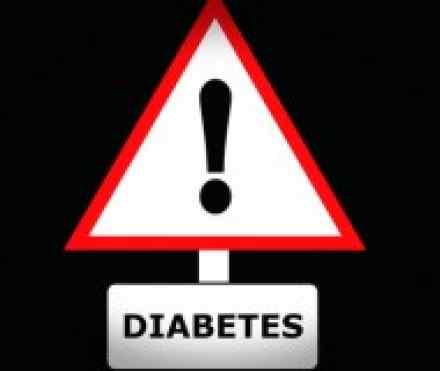Darkened areas of skin, a condition called acanthosis nigricans, is one of the few signs of prediabetes. Common areas that may be affected include the neck, armpits, elbows, knees and knuckles.
Classic red flags of type 2 diabetes to watch for include:
-
Increased thirst
-
Frequent urination
-
Fatigue
-
Blurred vision
Causes
The exact cause of prediabetes is unknown, although researchers have discovered some genes that are related to insulin resistance. Excess fat — especially abdominal fat — and inactivity also seem to be important factors in the development of prediabetes.
How do you treat it?
Healthy lifestyle choices can help you bring your blood sugar level back to normal, or at least keep it from rising toward the levels seen in type 2 diabetes.
To prevent prediabetes from progressing to type 2 diabetes, try to:
-
Eat healthy foods. Choose foods low in fat and calories and high in fiber. Focus on fruits, vegetables and whole grains. Strive for variety to help you achieve your goals without compromising taste or nutrition.
-
Be more active. Aim for 30 to 60 minutes of moderate physical activity most days of the week.
-
Lose excess weight. If you're overweight, losing just 5 to 10 percent of your body weight — only 10 to 20 pounds (4.5 to 9 kilograms) if you weigh 200 pounds (91 kilograms) — can reduce the risk of developing type 2 diabetes. To keep your weight in a healthy range, focus on permanent changes to your eating and exercise habits. Motivate yourself by remembering the benefits of losing weight, such as a healthier heart, more energy and improved self-esteem.
-
Stop smoking.
-
Take medications as needed. If you're at high risk of diabetes, your doctor might recommend metformin (Glucophage, others). Medications to control cholesterol and high blood pressure might also be prescribed.
References
Prediabetes- http://en.wikipedia.org/wiki/Prediabetes
Prediabetes, a comprehensive review http://www.mayoclinic.com/health/prediabetes/DS00624
http://www.webmd.com/diabetes/type-2-diabetes-guide/what-is-prediabetes-or-borderline-diabetes
http://www.medicinenet.com/prediabetes_symptoms_and_diagnosis/views.htm
http://my.clevelandclinic.org/health/diseases_conditions/hic_Diabetes_Basics/hic_Understanding_Pre-Diabetes



